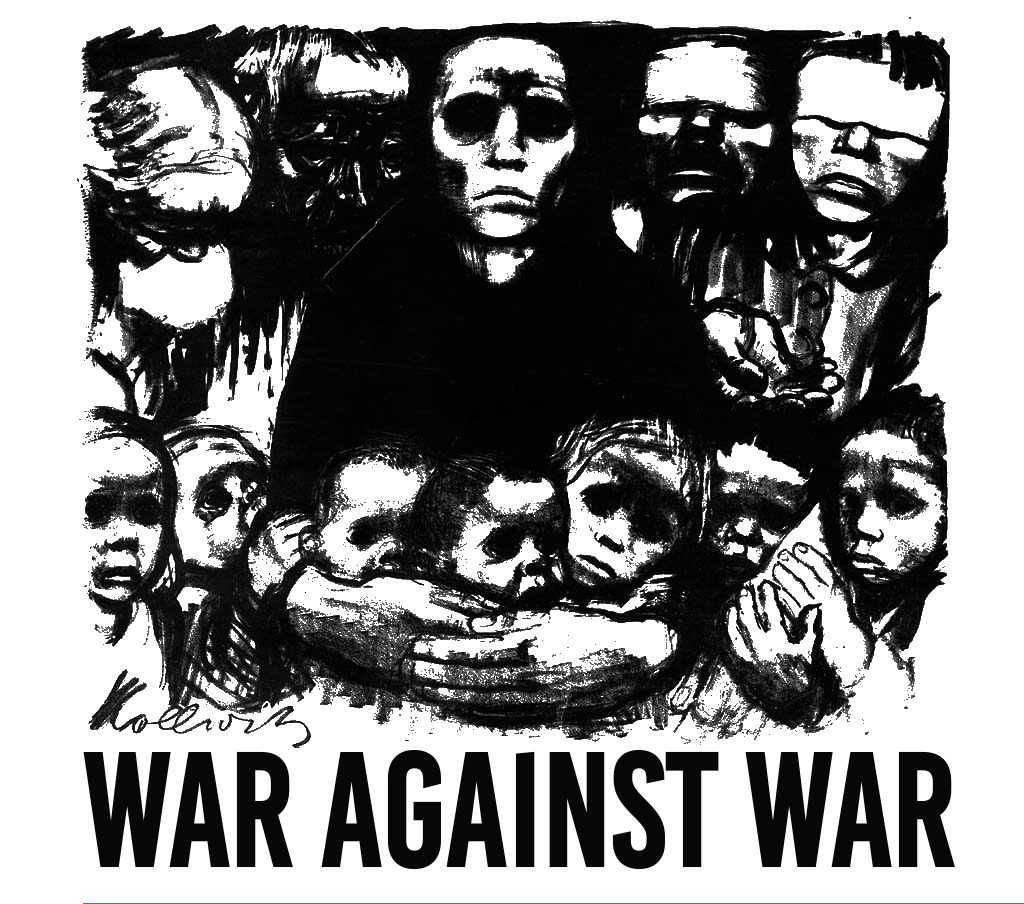Do UN missions reduce forced displacement? Facing insecure environments, civilians are left with three choices: staying; moving to a safer community; or moving outside their country. Their aspiration and ability to move depend on individual characteristics and macro-level factors, such as the social, economic and political context in which these people live. Research shows that UN missions can impact and reset the macro-level context altered by war, especially in the security and economic domain. However, we lack empirical evidence on whether this impact helps UN peacekeeping tackle forced displacement and returns. This article offers the first global analysis of whether and how UN missions can shape aggregate population movements during civil wars. We combine data on outflows and returns of refugees and internally displaced people (IDPs) with data on distinct UN missions’ features that we expect to affect population movements, namely the size of their contingents and their mandated tasks. Using matched samples, we find that the unfolding of the outflows and inflows processes are affected by different features of UN missions. Sizeable deployments decrease IDPs flows and encourage their return; refugee outflows, on the other hand, may increase in presence of UN missions. Furthermore, missions with displacement-related mandates are associated with decreasing IDP flows overall, but only encourage refugees’ returns.
This was originally published on SAGE Publications Ltd: Journal of Peace Research: Table of Contents.
